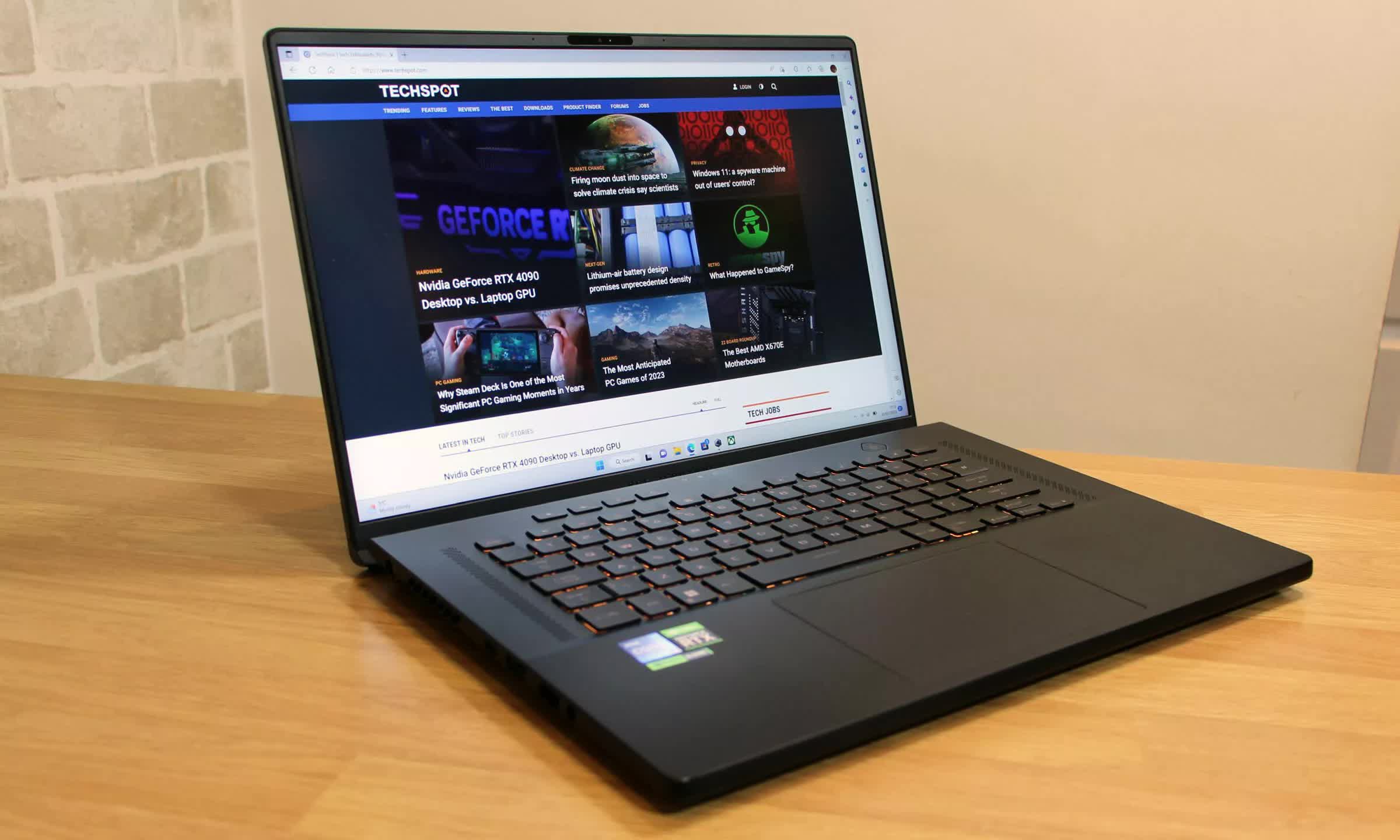What just happened? LG Display has started mass production of the world’s first 13-inch tandem OLED panel for laptops. Tandem OLED technology enhances durability and performance by stacking two layers of red, green, and blue (RGB) OLED panels.
LG Display commercialized this technology in 2019, initially adopted by automakers to meet stringent industry standards. Tandem OLEDs are also ideal for electronic devices like tablets and high-end monitors where extended screen time is crucial.
LG Display’s new 13-inch tandem OLED screen features a WQXGA+ (2,880 x 1,800) resolution, covers 100% of the DCI-P3 color space, and is certified Display HDR True Black 500 by the Video Electronics Standards Association (VESA). It is touch-enabled and approximately 40% thinner and 28% lighter than traditional OLED displays, making it perfect for portable applications like laptops.
According to LG Display, this tandem OLED screen for laptops offers double the lifespan and triple the brightness of a standard single-layer OLED display while consuming 40% less power.

Earlier this year, Apple announced a new batch of iPads featuring tandem OLED technology. The iPad Pro uses tandem OLED tech to achieve full-screen brightness of 1000 nits for SDR and HDR content, with peak brightness reaching 1600 nits for HDR. While it’s not confirmed if Apple sourced its iPad screens from LG Display, it is a likely possibility.
LG did not specify when the panels would be commercially available or which companies would receive them first. However, Tom’s Hardware reports that Dell’s new XPS 13 will be the first to feature this vibrant display. The pricing remains unknown, but it is anticipated that these panels will be costlier than traditional OLED panels. Will this additional cost be passed on to consumers or absorbed by manufacturers?
Dell’s Snapdragon X Elite machine starts at $1,300, but the high-end display will cost an extra $500 as per Dell’s configuration tool. So, perhaps the pricing question is already answered?



